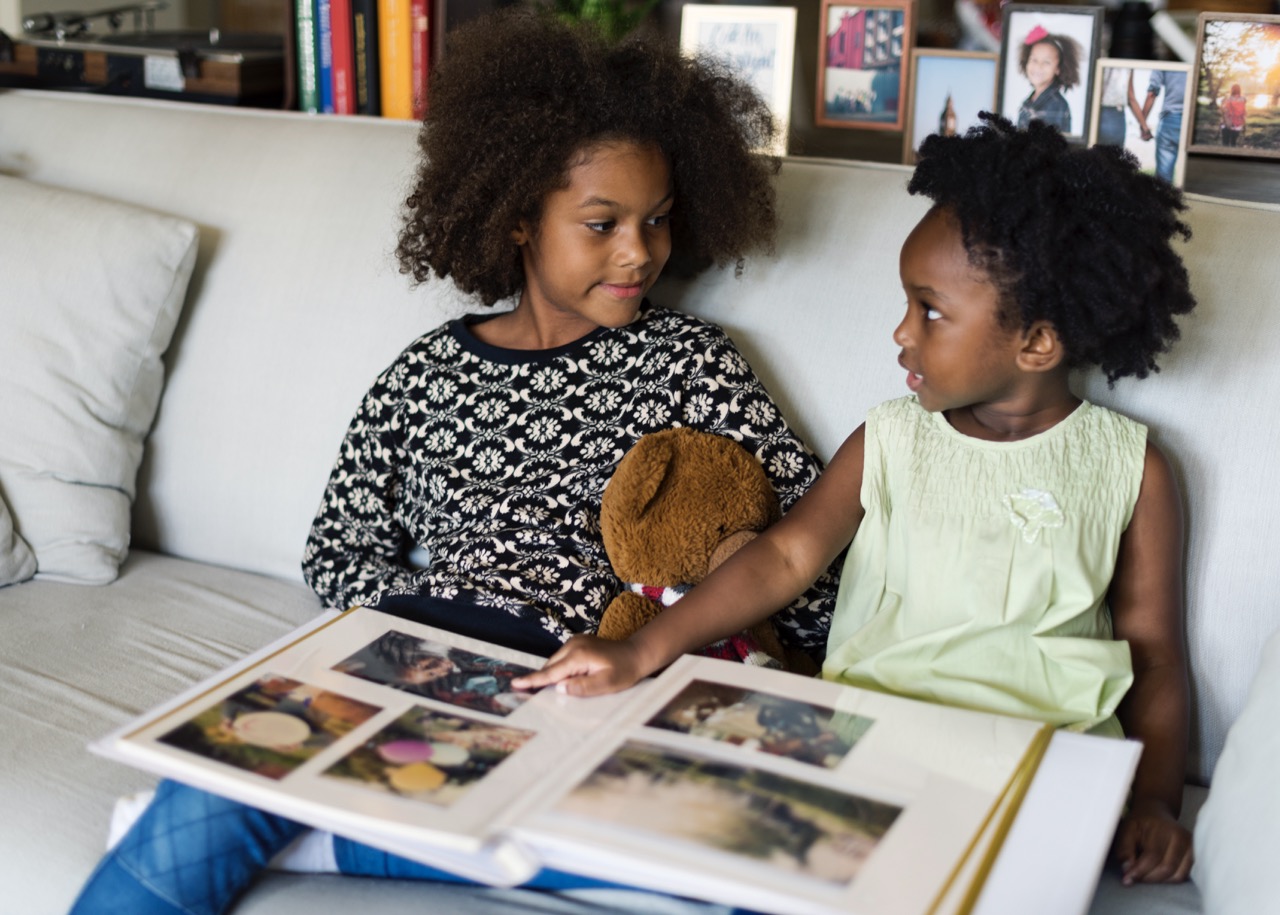Introducing poetry to children can be a rewarding experience that fosters creativity, empathy, and critical thinking. Poetry is more than just an art form; it’s a way for children to express themselves, explore their emotions, and understand the world around them. As educators and parents, our role is to cultivate an appreciation for this literary genre, encouraging young minds to engage with language in a way that is both enjoyable and meaningful. This article aims to provide practical strategies for introducing poetry to children, ensuring they not only understand its importance but also find joy in its exploration.
Understanding the Importance of Poetry for Children
Poetry serves as a unique medium for self-expression, allowing children to articulate their thoughts and feelings in a creative manner. It helps develop language skills, as the rhythmic and often playful use of words enhances vocabulary and comprehension. Through poetry, children can learn to appreciate the nuances of language, fostering an ability to engage with texts critically. Furthermore, poetry can broaden their emotional intelligence by encouraging them to reflect on their experiences and those of others.
Additionally, engaging with poetry can boost a child’s imagination. The evocative imagery and metaphorical language often found in poems can inspire children to think outside the box, leading to more innovative and creative thinking. Poetry can also serve as a gateway to discussions about culture, history, and human experiences, enriching children’s understanding of the world around them. By exposing children to various poetic forms and themes, we open their minds to diverse viewpoints and enhance their empathy.
Lastly, poetry can strengthen familial and social bonds. Reading poems aloud can create shared experiences between children and their parents or peers, fostering deeper connections and discussions. Children learn not only to listen actively but also to appreciate the beauty of shared moments through literature. Thus, introducing poetry to children is not just about teaching a literary form; it’s about nurturing their emotional growth and enhancing their social interactions.
Creating a Welcoming Atmosphere for Poetry Exploration
To effectively introduce poetry to children, it’s vital to create a welcoming and encouraging environment. This begins with selecting a cozy space where children can gather comfortably, surrounded by cushions or blankets, making the experience feel inviting. The ambiance can be enhanced further with soft music or gentle lighting, setting a tone that’s conducive to creativity and imagination. A relaxed atmosphere allows children to feel safe and open to expressing their thoughts and feelings about what they read and hear.
In addition to physical comfort, it’s essential to promote a positive attitude toward poetry. Encourage children to view poetry as a playful and liberating expression rather than a rigid academic exercise. Utilize engaging language and express enthusiasm when reading poems aloud. Share your own interpretations and feelings about the poems to model openness and vulnerability. This can help children feel more comfortable sharing their thoughts without the fear of judgment.
Lastly, introducing routine poetry sessions can help sustain children’s interest. Consider dedicating time each week for poetry reading or exploration, making it a fun ritual they can look forward to. Use themed poetry days—like Nature Poetry Day or Animal Poetry Day—to keep the experience fresh and exciting. By establishing a welcoming atmosphere, we lay the groundwork for children to explore and appreciate poetry freely.
Choosing Age-Appropriate Poems that Spark Interest
Selecting the right poems is crucial for capturing children’s interest and nurturing their love for poetry. Begin by considering their age and developmental stage. For younger children, opt for poems that feature vivid imagery, playful rhythms, and catchy refrains. Poems that include repetition or sound play, such as nursery rhymes, can be particularly engaging. As children grow older, introduce them to a more diverse range of styles, themes, and poets to broaden their exposure to the genre.
In addition to considering age, it’s important to reflect on children’s interests and experiences. Choose poems that resonate with their lives, whether that’s nature, friendship, family, or adventure. Incorporating relatable themes can help children connect emotionally with the poetry. For instance, if a child loves animals, look for poems that explore the animal kingdom, weaving wonder and curiosity into their exploration of poetry.
Lastly, don’t hesitate to include poems from various cultures and backgrounds. This not only enriches children’s understanding of the world but also fosters a sense of inclusivity and respect for diversity. Curate a collection of poems that reflects different voices and experiences, allowing children to see themselves and the world around them in the poetry they read. By thoughtfully selecting age-appropriate poems, we can ignite a lasting interest in this literary form.
Engaging Activities to Make Poetry Fun and Interactive
To make poetry engaging for children, consider incorporating interactive activities that allow them to experience poetry in a dynamic way. One idea is to create a “Poetry Wall” where children can post their favorite lines or stanzas from poems they love. This wall can serve as an ever-evolving canvas for their creativity, encouraging them to share their thoughts and inspire each other. You can also organize group discussions around these selected lines, prompting children to explore their meanings and emotions.
Another fun activity is to turn poetry into a performance art. Organize a poetry reading event where children can recite their favorite poems in front of an audience of family and friends. To make it even more exciting, they can add gestures, costumes, or props that relate to the poem’s theme. This not only builds confidence but also reinforces their understanding of the poem through performance. Engaging with poetry in this way transforms it from a solitary activity into a communal experience.
Lastly, consider incorporating multimedia elements into your poetry exploration. Use art, music, or drama to deepen children’s engagement. For instance, you could have children create illustrations based on their favorite poems or even compose songs inspired by poetic themes. Encourage them to use technology, like creating digital poetry blogs or videos, to share their interpretations of poetry in innovative formats. By integrating fun and interactive activities, poetry becomes a lively and cherished part of children’s learning experiences.
Encouraging Children to Write Their Own Poems
Encouraging children to write their own poems is a powerful way to foster their creativity and confidence. Start by providing them with simple poetic structures, such as acrostic poems or haikus, which can help them focus their thoughts while experimenting with language. Provide prompts or themes to spark their inspiration, such as “a day at the park” or “what makes me happy.” This structured approach can help ease the anxieties of writing while still allowing for individual expression.
Creating a poetry journal can be an effective tool in this process. Encourage children to jot down their thoughts, feelings, or observations daily, nurturing their ability to notice the world around them. This practice not only helps them develop a habit of writing but also serves as a treasure trove of ideas when they’re ready to compose their poems. Reviewing their journals together can also provide opportunities for discussions, further enhancing their writing skills.
Lastly, emphasize that there are no “wrong” ways to write poetry. Encourage children to embrace their unique voices and styles, celebrating their individuality in their writing. Organize peer-review sessions where they can share their poems and offer gentle feedback to each other. This communal atmosphere fosters a supportive environment that promotes growth and confidence in their writing abilities. By encouraging children to write their own poems, we empower them to become active creators in the literary world.
Celebrating Poetry: Sharing and Performance Ideas
Celebrating poetry is an essential part of fostering a love for the art form among children. Consider organizing a “Poetry Festival” where children can showcase their favorite poems and their own creations. This event can include readings, art displays, and even interactive poetry stations where attendees can write their own poems. Involving parents, caregivers, and the wider community in this celebration can help to reinforce the importance of poetry in children’s lives and create a supportive network around them.
Incorporating technology can add an exciting dimension to poetry sharing. Consider creating a digital anthology of children’s poems, where they can publish their work online. This not only gives them a sense of accomplishment but also allows them to share their creations with a broader audience. You could even host virtual poetry slam events, where children can perform their poems live on a video platform, creating an interactive experience that celebrates their creativity.
Finally, don’t underestimate the power of simple sharing moments. Regularly schedule time for children to share their favorite poems during class or family gatherings. Create a “Poet of the Week” spotlight where a child is chosen to present their favorite poem and explain why it resonates with them. These smaller, consistent celebrations of poetry can build a strong foundation for their appreciation of the art form, encouraging them to continue exploring and expressing themselves through words.
Introducing poetry to children is a multifaceted journey that begins with understanding its importance and creating a supportive atmosphere. By carefully selecting age-appropriate poems, engaging in interactive activities, and encouraging them to write their own verses, we can cultivate an appreciation for this beautiful art form. Celebrating poetry through sharing and performance not only fosters creativity but also strengthens connections among children and their communities. Ultimately, this journey enriches children’s lives, equipping them with valuable skills and insights that extend far beyond the realm of poetry.










